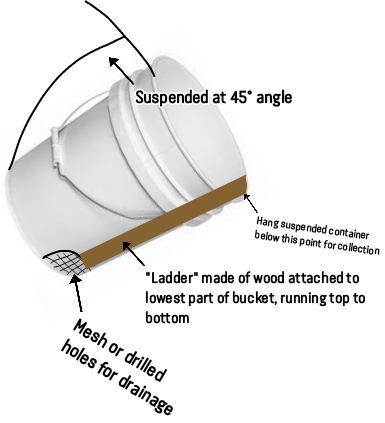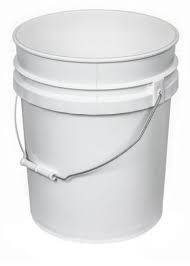Dal. though the word is used in multiple contexts. it's a lentil or legume based curry, crazy versatile. scoop with naan (the easiest and fastest of all breads) or serve with rice.
I started with red lentils (Masoor Dal) because they are basically peeled brown lentils so they prepare quickly when starting from dry. dry lentils are CHEAP. my Masoor dal recipe is tomatoes, onions, garlic, ginger, some cumin seeds, ground tumeric, coriander powder, red chili powder. a little lime juice and garam masala at the end. it's tastes exciting and feels rich/hearty without slowing you down.
if you are looking for ideas/inspiration on making the wide world of lentils/legumes exciting, I recommend the "660 Curries" book by Raghavan Iyer, which I endorse for anyone who wants to have a tremendous and straight forward reference on South Asian cooking, using/unlocking many, many spices.
this is the book which taught me that "curry" means "sauce" basically, and they can be all over the place, flavor and spice wise.



